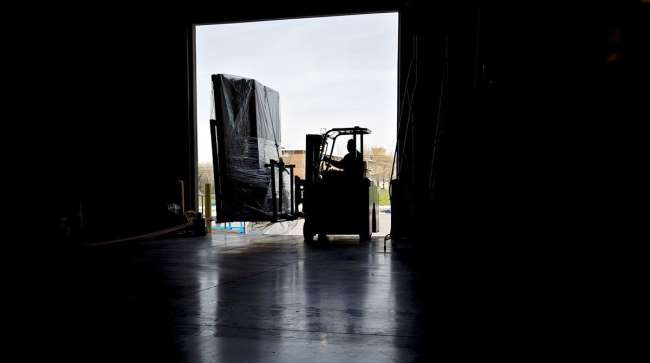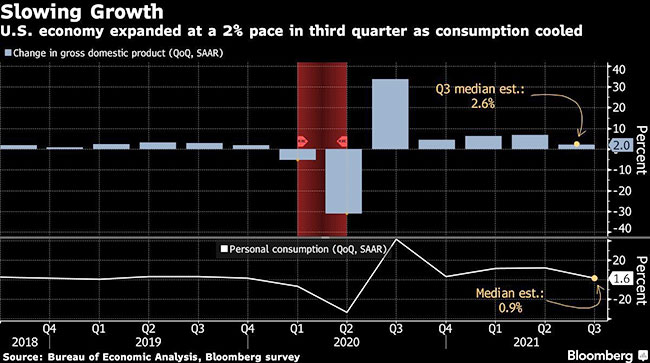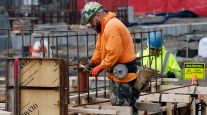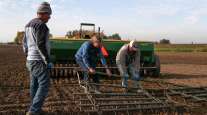Bloomberg News
US Posts Weakest GDP Growth of Pandemic Recovery

[Stay on top of transportation news: Get TTNews in your inbox.]
U.S. economic growth slowed more than expected in the third quarter to the softest pace of the pandemic recovery period as snarled supply chains and a surge in COVID-19 cases throttled spending and investment.
Gross domestic product expanded at a 2% annualized rate after a 6.7% pace in the second quarter, the Commerce Department’s preliminary estimate showed Oct. 28.`
The deceleration reflected a sharp slowdown in personal consumption, which grew at just a 1.6% pace after a rapid 12% jump in the prior period. Shortages, transportation bottlenecks, rising prices and the delta variant of the coronavirus weighed on goods and services spending.

The median forecast in a Bloomberg survey of economists called for a 2.6% increase in GDP. U.S. stock index futures held gains, while the dollar was little changed and Treasury yields rose.
The latest data underscore how unprecedented supply constraints are holding back the U.S. economy. Understaffed and short of necessary materials, producers are struggling to keep up with demand. Service providers, who face similar pressures, fared better than manufacturers during the quarter despite the pickup in infections.
While supply chain challenges are expected to linger well into 2022, subsiding COVID-19 infections and elevated savings should support stronger household spending in the final three months of the year.
Persistent supply constraints paired with other reopening effects also have driven up prices for a variety of products, spurring concerns about the breadth and duration of the recent spike in inflation.
The personal consumption expenditures price index excluding food and energy costs, an inflation measure followed closely by Federal Reserve officials, remained elevated, growing an annualized 4.5% last quarter after a 6.1% jump in the prior three months.
Here is the contributions to real GDP growth for the third quarter. Breaking down those major categories in this thread. pic.twitter.com/XLn6kGSOh9 — Chad Moutray (@chadmoutray) October 28, 2021
“The risks are clearly now to longer and more persistent bottlenecks and thus to higher inflation,” Fed Chair Jerome Powell said last week. “We now see higher inflation and the bottlenecks lasting well into next year.”
Inflation-adjusted business investment cooled from the rapid pace of growth seen over the past year as manufacturers struggled to fulfill orders. Nonresidential fixed investment rose an annualized 1.8%. Both outlays for structures and equipment declined on an inflation-adjusted basis, while the value of intellectual property surged.
Residential investment also declined.
The slowdown in consumer spending reflected weaker motor vehicle expenditures, which subtracted 2.39 percentage points from GDP during the quarter.
A wider trade deficit — reflecting record imports of foreign goods — further eroded growth. Net exports subtracted 1.14 percentage points.
A separate report Oct. 28 showed initial jobless claims fell to 281,000 last week, a fresh pandemic low. Continuing claims, a measure of ongoing benefits, dropped by 237,000 in the week ended Oct. 16, the biggest decline since July.
Want more news? Listen to today's daily briefing below or go here for more info:




